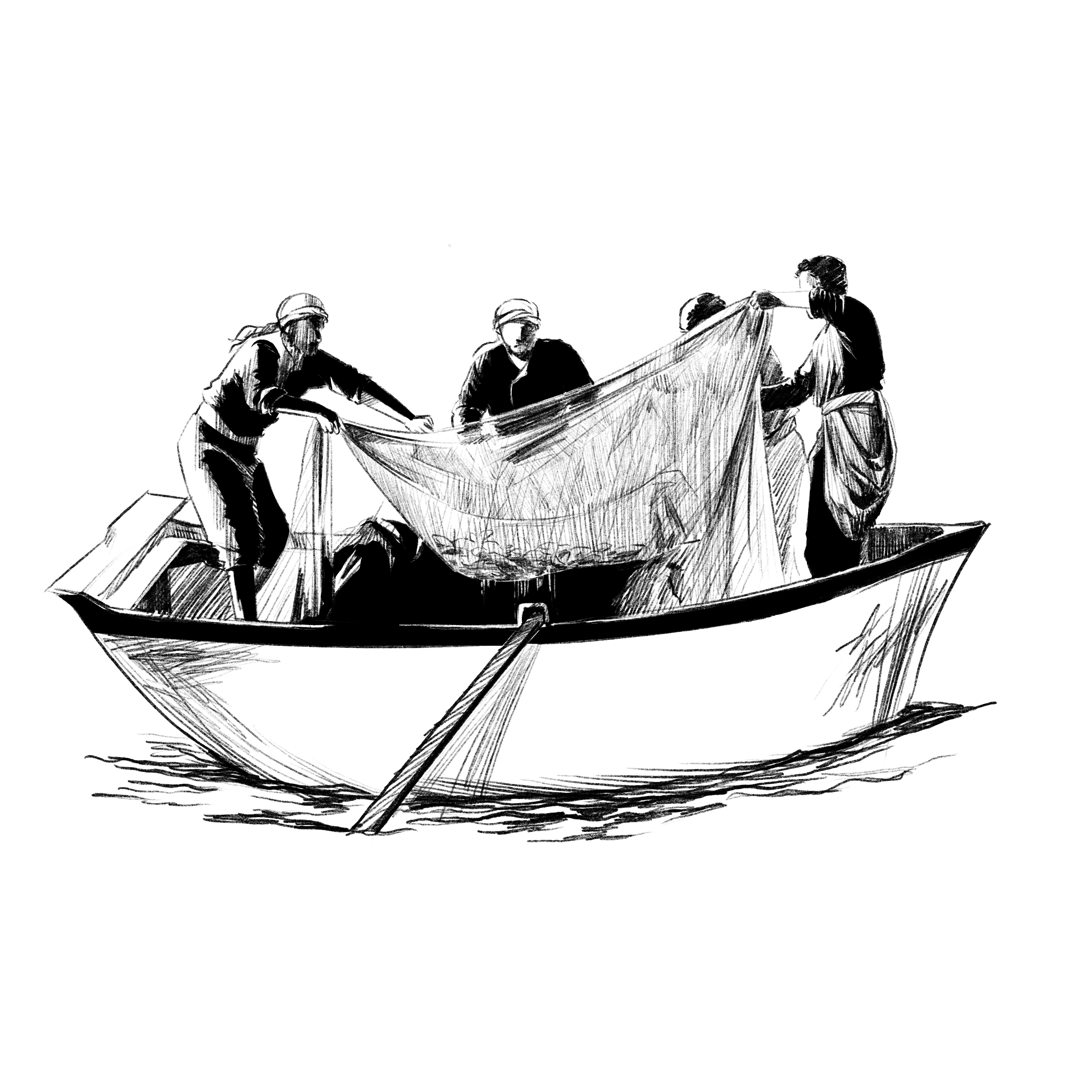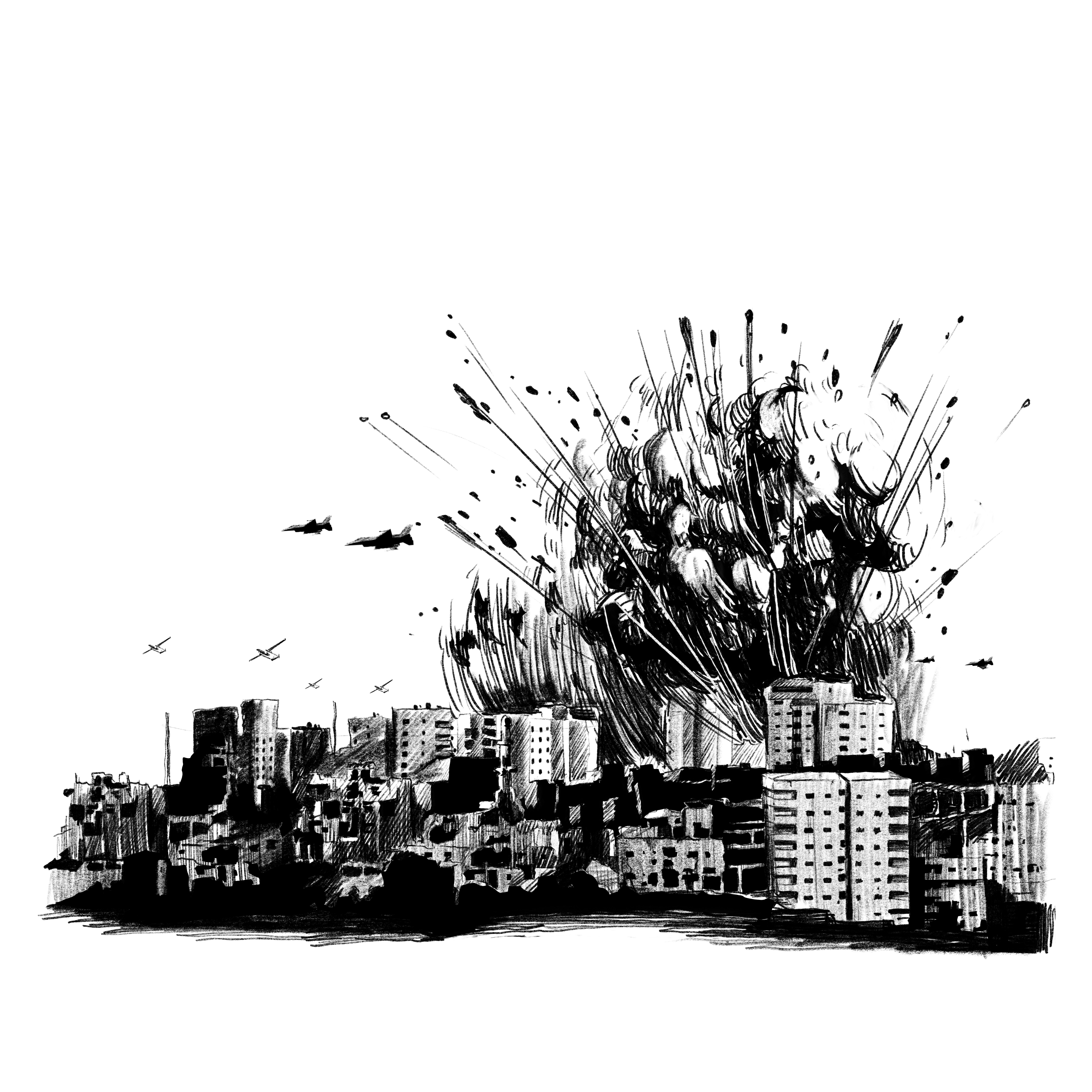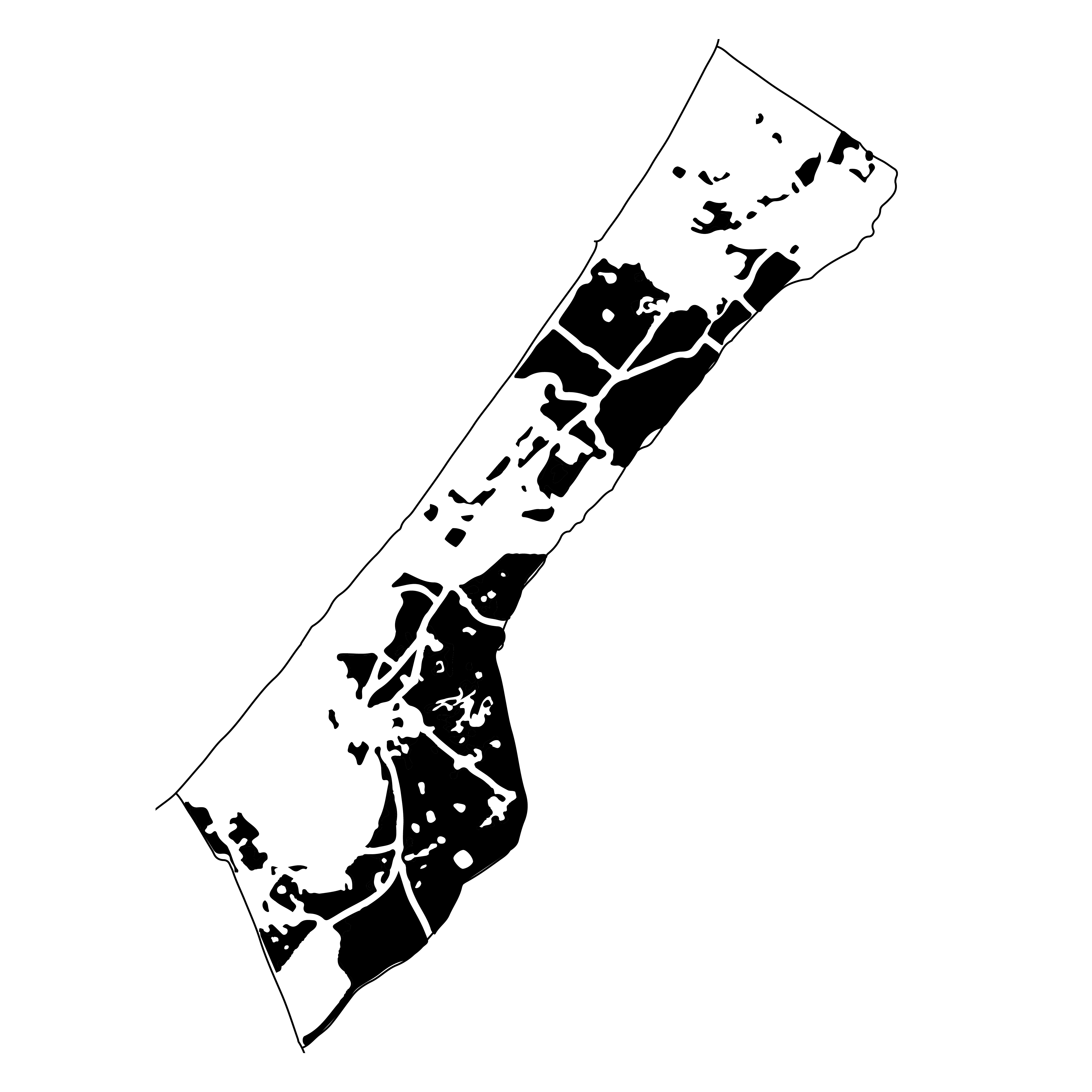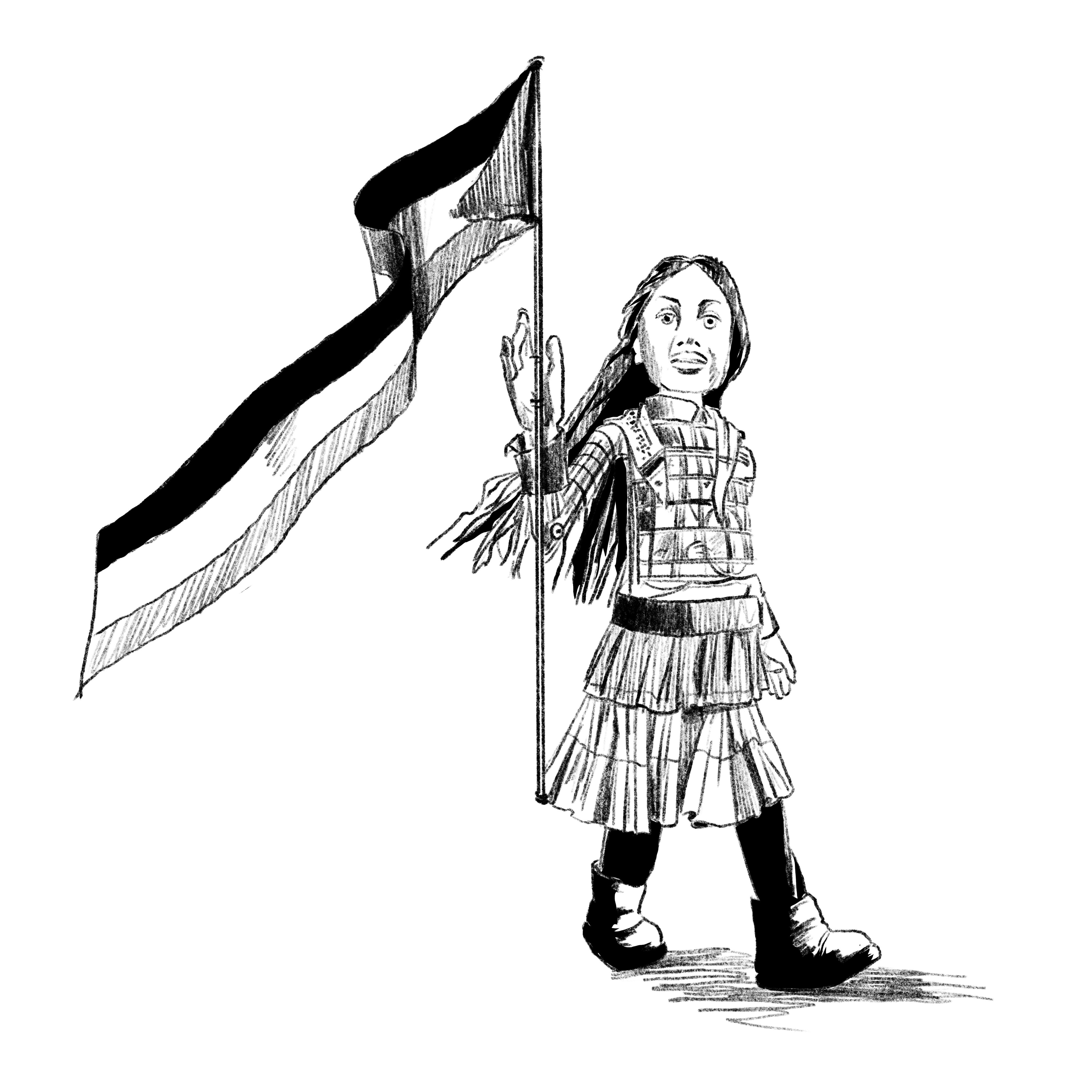Gaza Remains the Story
In loving memory of the late Hikmat Maher Kaddoura, may his soul rest in eternal peace
"Gaza Remains the Story" exhibits the cause and context of the Palestinian experience, focusing on the land, places, and people of Gaza. The exhibition strives to inform, educate, and narrate stories of historical locations and cultural practices in Gaza, providing a glimpse into Gaza’s arts, aspirations, and uniqueness—what remains of it in these harsh times.
While the deafening noise of never-ending bombardment drowns out the daily life, heritage, artistic expression, and creativity of the people of Palestine, this exhibition strives to look behind the curtains of the theatre of war and conquest. By narrating the stories of Gaza and countering misinformation, "Gaza Remains the Story" aims to provide a global audience with information and references to contextualise Gaza within Palestine, the region, and the world. This exhibition employs text, drawings, and audiovisual material to explore historical, economic, geographic, demographic, and creative aspects of life in Gaza.
Exhibition themes

Art and culture
The section showcases the resilience of the Palestinian people, highlighting their cultural and artistic heritage as expressions of their deep connection to the land. It explores the development of music that reflects this bond, which later inspired rhythms for traditional dances like the "dabka". It also features Palestinian embroidery and traditional clothing, symbolising love for the land through intricate designs. Visual arts are emphasised, with the land and its natural landscapes serving as central themes. Additionally, the history of cinema in Gaza is traced, from its emergence in the 1950s to the present day.

Wars on Gaza
This section documents the brutal wars on Palestine, starting with the Balfour Declaration and British mandate, followed by the Naksa, the Stone Intifada, and the Al-Aqsa Intifada in 2000. It covers the wars and massacres resulting from Israeli aggression in Gaza since 2000, culminating in the recent genocide. The section highlights the blockade's devastating impact, including starvation, death, and the displacement of over two million Palestinians. Through vivid testimonies from children, women, and men, it reveals stories of last wishes, life under rubble, brutal prisons, scarce food, orphanhood, displacement, and haunting views of the city.

Historical context
This section sheds light on central aspects of the history of Palestine and the Palestinian cause. It begins by presenting glimpses into the history and geography of Palestine, tracing its image in the global imagination over centuries, and exploring Palestine before borders. It also examines the British military plan and the partition plan, leading up to its current reality, marked by the fragmentation of its map and the changes it has undergone. The section also delves into the history of Gaza, from the time of the Canaanites, Romans, and Crusaders, to the present day.

International solidarity
This section addresses the bias of international law in favour of Israel, highlighting the U.S. veto power in the Security Council on matters related to Palestine, which has hindered Palestinian refugees' right of return and self-determination, eroding trust in international law. Despite political injustice, the exhibition emphasises the hope Palestinians have found in global solidarity movements supporting their cause since the 1920s, and the role of the BDS (Boycott, Divestment, Sanctions) movement in calling for sanctions against Israel. It concludes by stressing the need to understand the Palestinian cause and recognise the shift in global public opinion.
"I just want to thank you for the amazing work you’ve put into the exhibition materials. They are truly amazing!"
"We have downloaded all the materials you have provided. Wow – What excellent work you have done! Contextualising the context in such a dense and intriguing and complex way."
"The materials you have provided are great, we know how daunting hosting an event can be, it’s amazing initiative you’ve taken. In solidarity!"